

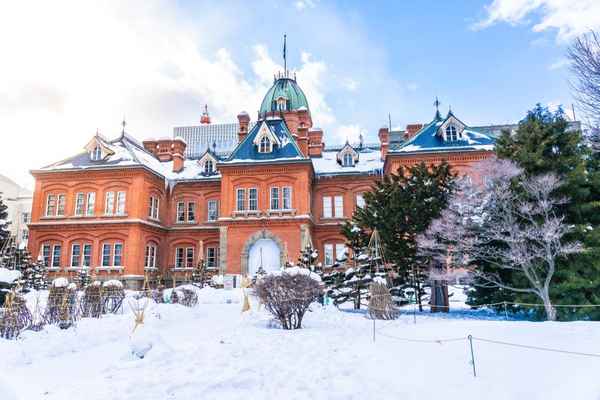
Sapporo
Asia
/
Japan
/
Sapporo
Dwelling in the bustling heart of Japan's north island Hokkaido, Sapporo interlaces urban panache with the unspoiled allure of nature. Battalioned by heavy snowfall during winters, and swanked by mild, pleasurable summers, Sapporo caters to travellers year-round. The city showcases a remarkably premeditated urban blueprint, inspired by American city designing, and comes across as a breeze to navigate, especially in the context of a Japanese city.
Deep diving into Sapporo’s culture will unveil a unique fusion of traditional Japanese aura and the spirit of the frontier, as Hokkaido happens to be one of the last dominions developed in Japan. Sapporo dwellers are renowned for their geniality and leisurely demeanour, which contrasts boldly against the fervency of life in metropolises like Tokyo or Osaka. The city presents a fresher semblance vis-à-vis architecture and traditions compared to other Japanese cities, primarily owing to its relative novelty.
Sapporo invites gourmands to dine on delicious seafood, with crab reigning supreme, and the globally renowned Sapporo ramen - a mouth-watering, miso-flavoured noodle soup that's perfect for the cold days. A cherry on top is the city's beer pedigree, showcased tacitly at the original Sapporo Beer Museum, amplifying its gastronomic identity. Unique local delicacies like jingisukan (grilled lamb) mirror the notable history and weather conditions of the region.
The must-experience checklist essential includes a visit to Odori Park, particularly during the mesmerising Snow Festival held in February, when massive, artistically curated ice sculptures dominate the city. The ancestral Sapporo Clock Tower and the buzzing Nijo Market provide sneak-peaks into varied aspects of local life. For capturing the best views of the city, head over to the Mt. Moiwa Ropeway, particularly a treat to the eyes during sunset, when city lights start to flicker enchantingly.

Get to Know Sapporo
Take a tour of this destination's highlights

Travel Tips for Sapporo
What you need to know before traveling here
Getting Around Sapporo
A guide to Sapporo's local transportation
The effective three-line subway network covers most of the touristy hotspots. For a hassle-free commutation, procure an SAPICA IC card. Signage as well as announcements are conveniently made in English. Trains operate from 6:00 AM till midnight, with train frequency amping up during peak hours.
Practical Tips for Sapporo
Things to prepare and best way to visit
The Snow Festival in February, Summer Festival in July, or the autumn hues in October make for the best time to visit. Comfortable weather and clear skies make summer ideal, while winters open gateways to top-notch skiing.
Whilst larger hotels and eateries accept card payments, numerous smaller establishments operate on cash basis only. Carry a ballpark of 10,000-20,000 yen per day to cater to meals, travel, and miscellaneous expenses.
English signboards are ubiquitous, however, English speaking individuals aren’t as commonplace as they are in Tokyo. Brush up basic Japanese phrases and keep your hotel's address handy in Japanese script.
The rapid train (40 minutes) and airport limousine bus (70 minutes) are comfortable options offering guidance in English. The train is usually quicker during peak hours.
Relish Sapporo ramen, fresh crab, jingisukan (grilled lamb), soup curry, and locally brewed beer. Sushiya-dori in Susukino district is renowned for its fantastic sushi variants.
See All Practical Tips for Sapporo

Explore Sapporo
Create your itinerary with our top picks below
Set off your journey to Sapporo
Plan smart & save big! Use discount code BISAYUK only for you

Flights

Hotels

Xperience

Get to Know Sapporo

Travel Tips for Sapporo

Explore Sapporo
More Destination Near Sapporo

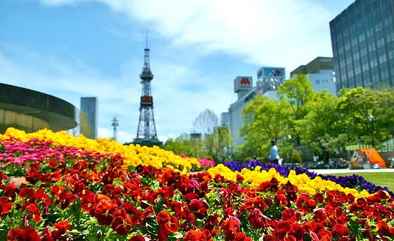

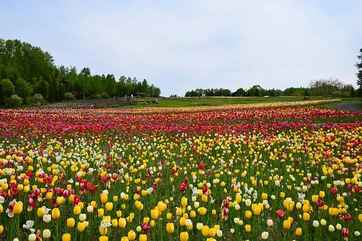


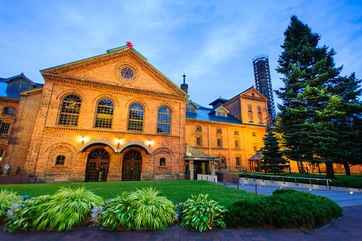
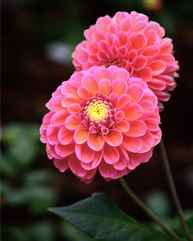

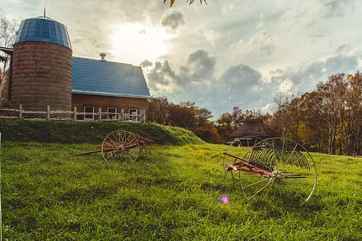


































 Facebook
Facebook Instagram
Instagram TikTok
TikTok Youtube
Youtube Telegram
Telegram
